Serbian spruce (OMS)
Serbian spruce was once widespread in Europe, but became a victim of the last ice-age and is now a relict limited to refugium in a confined area of the Balkans. It is listed as endangered by the IUCN.
An elegant tree instantly recognisable by its narrow spire like form and drooping branches; a natural adaptation to shedding snow. Serbian spruce was one of many species trialled in Britain, but never widely planted. However, its silvicultural characteristics could enable it to fill a niche in UK forest diversification.
Serbian spruce is categorised as a secondary tree species. These are species that have demonstrated positive silvicultural characteristics in trial plots, but gaps in knowledge constrain wider use. These species are being actively evaluated to increase understanding and inform future deployment.
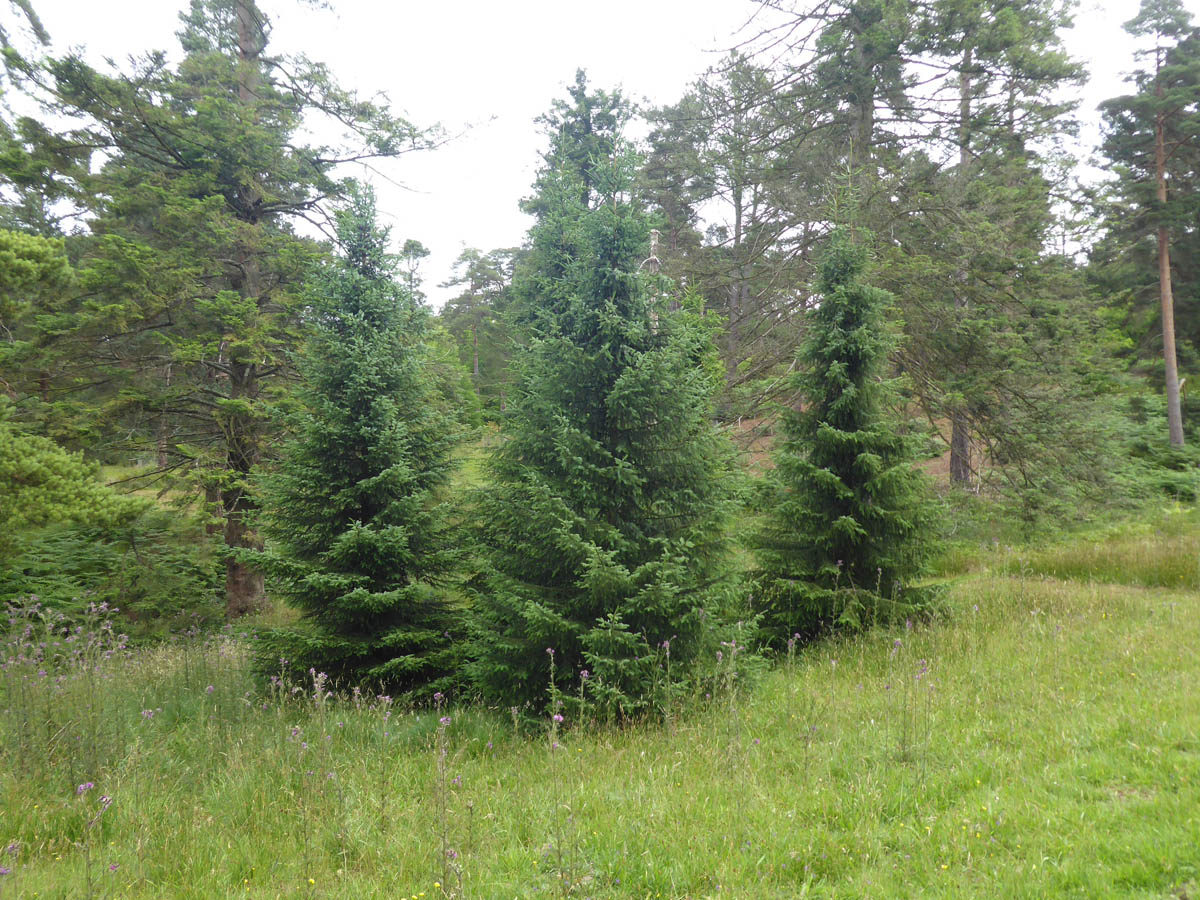
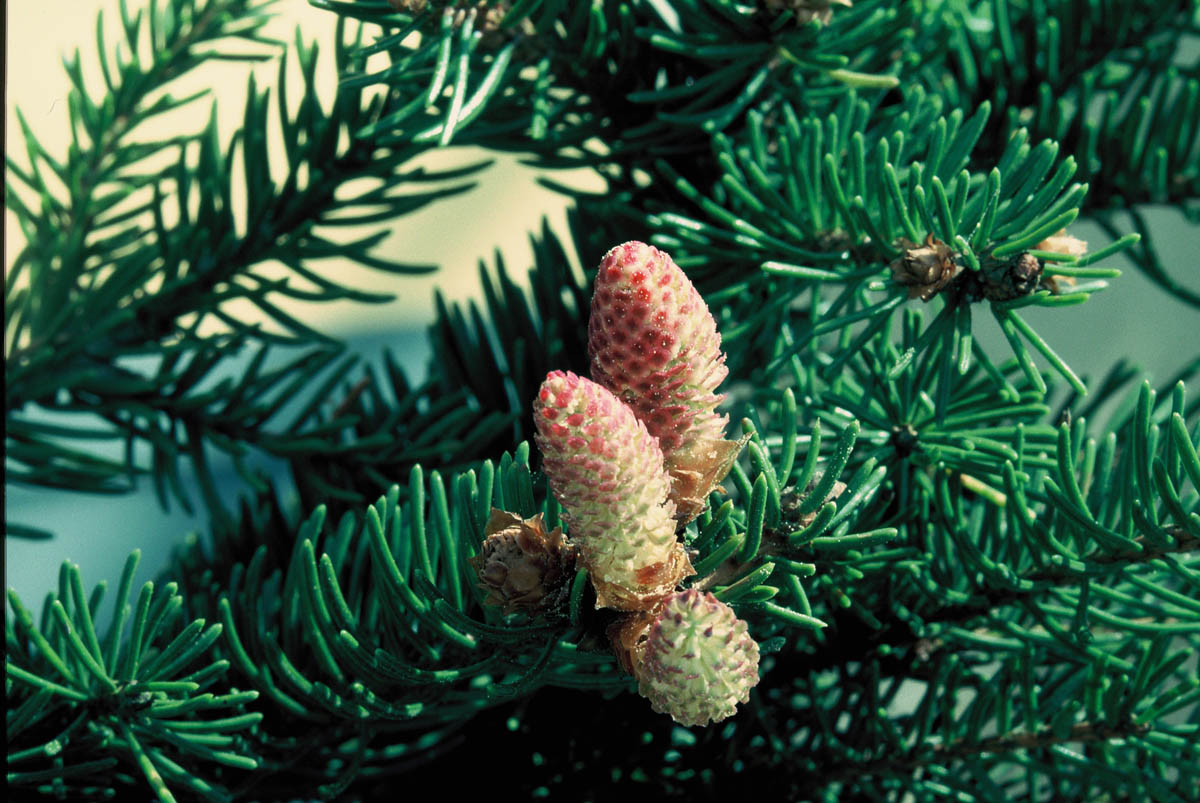
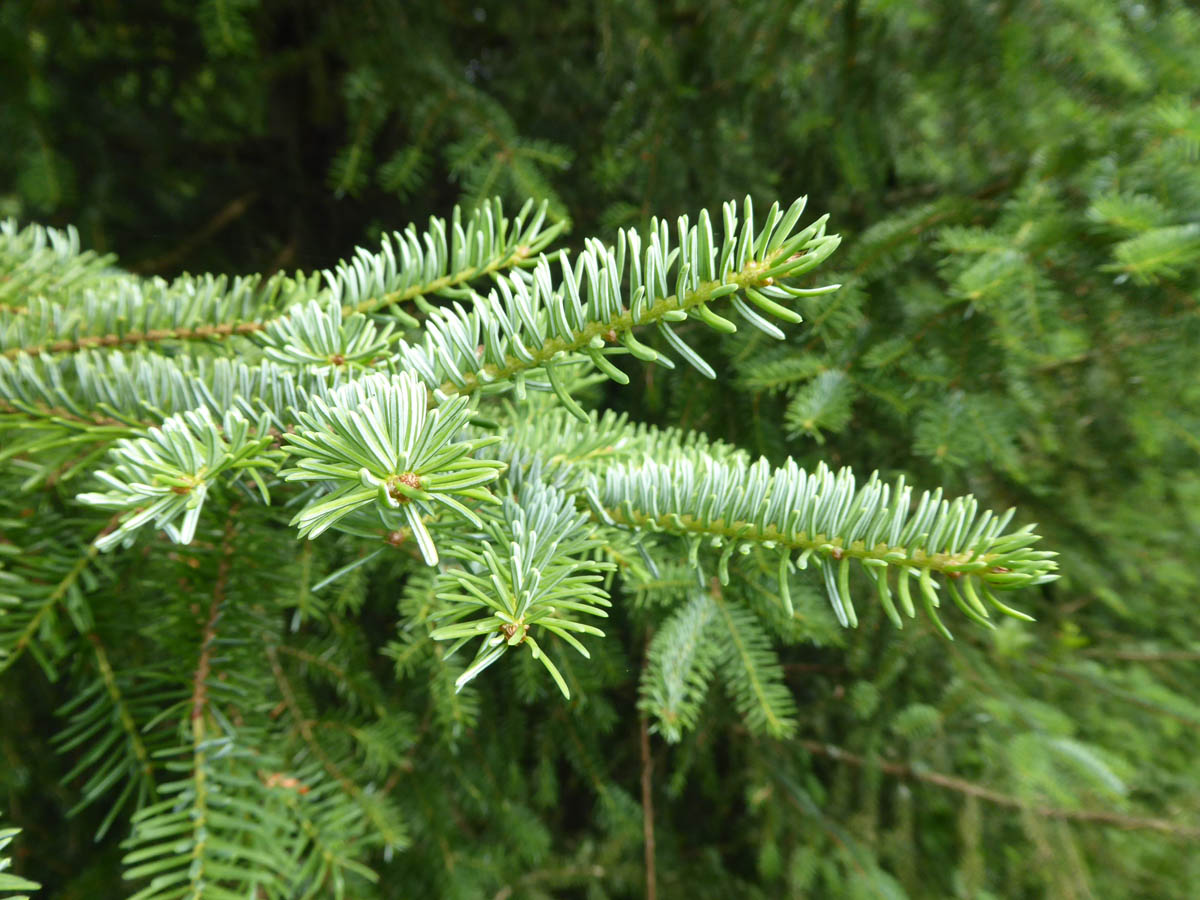
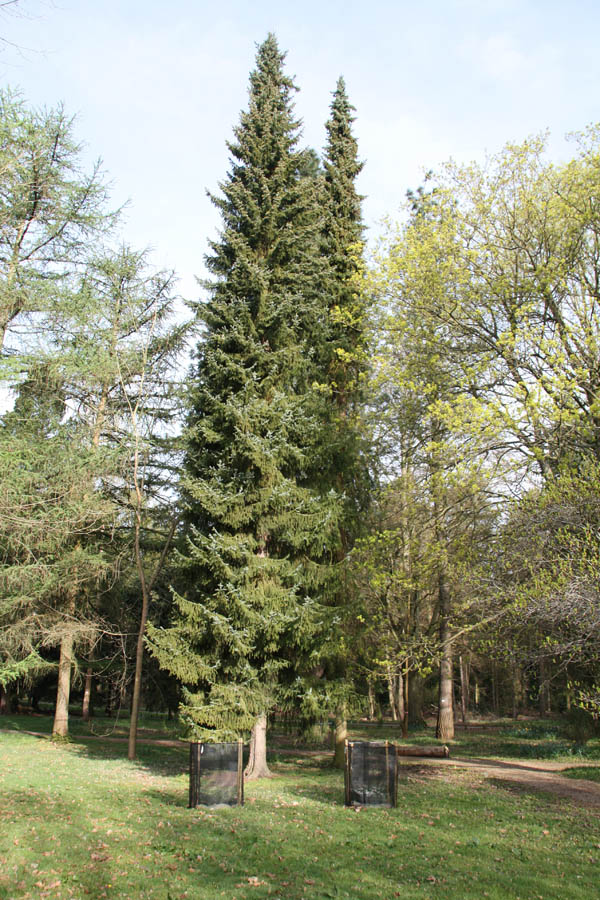
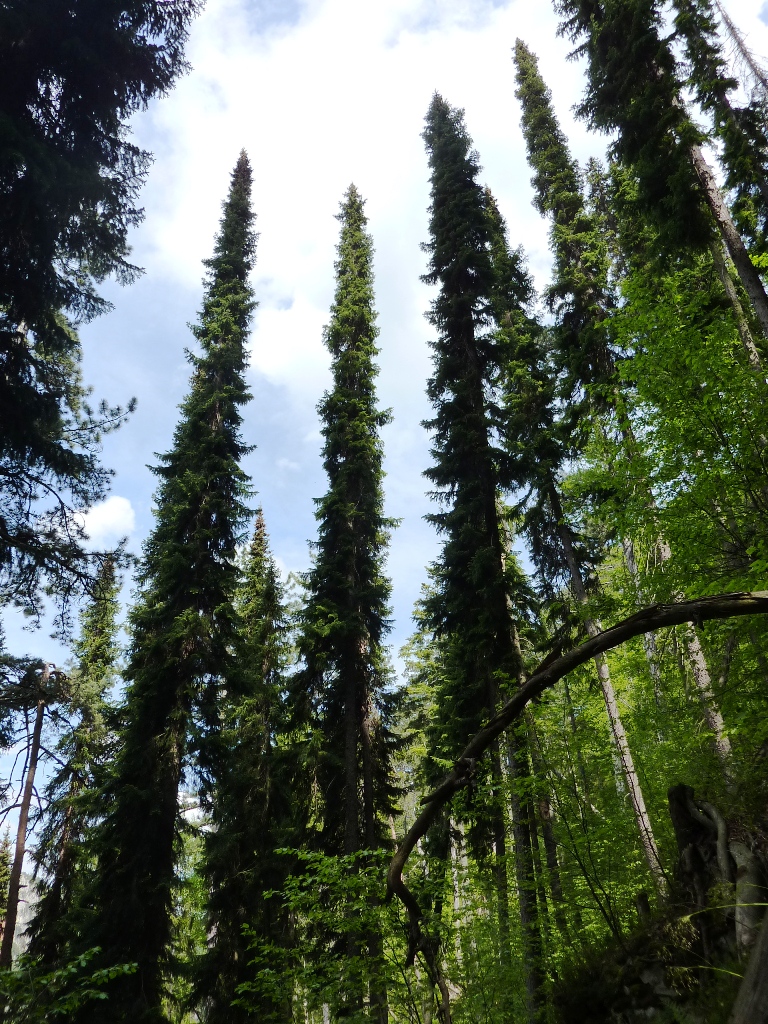
Range
Limited to very small areas of the Balkans (estimated at c 60 ha over a number of localities), along the Drina valley in Serbia and Bosnia where it grows on soils overlying limestone rocks between 700-1500 m altitude.
Provenance Choice
It is very difficult to obtain seed from the natural range and the origin of many British stands is either unknown or from countries where the species is not native. At present the most practical option is to collect seed from large British stands of good form.
Key Properties
Site Requirements
Serbian spruce grows on a wide range of sites from slightly dry to wet soil moisture status and from a poor to rich nutrient regime, including more alkaline soils. It will grow on flushed peats; however, it can suffer from check on soils of very poor soil nutrient regime.
Serbian spruce is cold hardy throughout Britain and is less sensitive to frost than both Norway and Sitka spruce, but requires sites with over 650 mm rainfall; its natural range receives 800-2000 mm annual rainfall. It is quite tolerant of exposure, can grow in areas subject to air pollution, while the narrow crowns confer some tolerance of wet snow.
Further detail on the site requirements of Serbian spruce in current and future climates can be examined using the Forest Research Ecological Site Classification Decision Support System (ESC).
ECOLOGICAL SITE CLASSIFICATION TOOL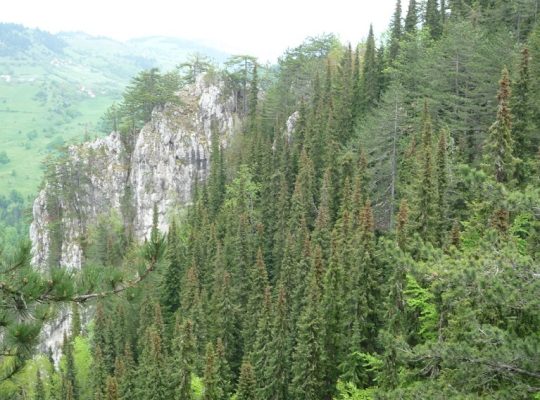
Silviculture
There have been no studies of desirable planting densities, but the narrow crowns that typify the species mean higher stocking densities could be used than other spruces (up to 4000 stems ha-1). Successful plantings have been achieved with both bare-root and containerised seedlings using standard establishment techniques. Subsequent height growth is regular, but productivity tends to be moderate ranging from around GC 8 to 16 m3 ha-1 yr-1. Rotation lengths should be similar to those used for Norway spruce (i.e., 60-70 years) or possibly slightly longer.
Serbian spruce is thought to be as shade tolerant as Norway spruce and it grows naturally in mixture with both that species and common beech. Therefore, it could be used as a component of irregular silvicultural systems.
Coning can be seen in trees that are between 30 and 40 years of age, but there are no records of natural regeneration of the species in British forests; there is no reason why this should not occur in older and larger stands. Natural hybridisation between Serbian spruce and other spruces could occur where these are grown in close proximity.
The species’ reasonable drought tolerance suggest that it could be used on sites in eastern Britain where Sitka spruce may prove vulnerable in a warming climate.
Pests and Pathogens
Few diseases are reported for Serbian spruce growing in its native range. Aphids, mites and scale cause low level insect problems, but are not significant. The notable exception is white pine weevil (Pissodes strobi) which is a serious and economically important native insect pest in North America, but is absent in Europe.
Past trials indicate Serbian spruce is more tolerant of infection by Heterobasidion annosum (conifer root and butt rot) than many other conifers. The species is susceptible to deer browsing.
See our other tools and resources
Further Resources
External
In addition to the general sources of information for species the following are useful for Serbian spruce.
Ballian, D., Ravazzi, C., Caudullo, G., 2016. Picea omorika in Europe: distribution, habitat, usage and threats. In: San-Miguel-Ayanz, J., de Rigo, D., Caudullo, G., Houston Durrant, T., Mauri, A. (Eds.), European Atlas of Forest Tree Species. Publ. Off. EU, Luxembourg, pp. e0157f9+ Picea_omorika.pdf (europa.eu)
Reynolds, C., Kerr, G., and Forster, J. (2022) Alternatives to Corsican pine: evidence and experience from a long-term experiment in Thetford Forest. Quarterly Journal of Forestry, 116(2), 92-99.
Savill, P., Wilson, S.McG., Mason, W.L., Jinks, R., Stokes, V., and Christian, T. (2017) Alternative spruces to Sitka and Norway: part 1: Serbian spruce (Picea omorika). Quarterly Journal of Forestry, 111, 32-39.




